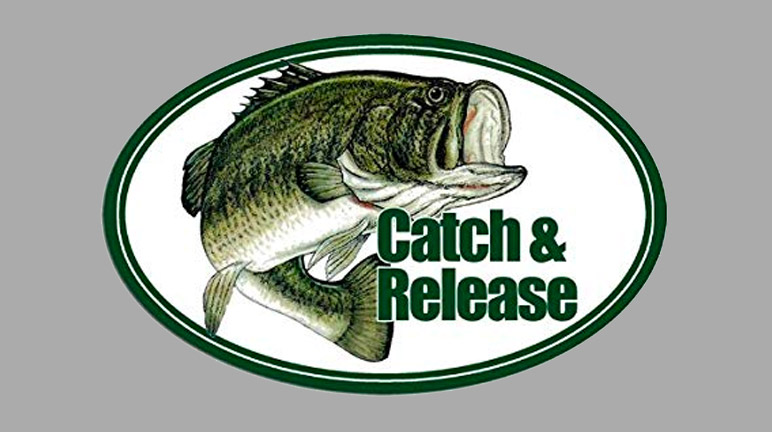Selective Harvest is harvesting only the fish you intend to use for food and releasing the rest of your catch unharmed. It implies that you understand your role in the environment as both a conservator and predator. Selective harvest means that you minimize the waste of fish whenever possible.
Selective harvest depends upon using catch and release techniques to land your fish. Using C&R techniques assures you that the fish will be in the best possible physical condition when you make the decision to harvest it for food or to release it.
Fish Are Good Food!
You can improve the taste and freshness of your catch by following a few simple steps:
- Quickly land and kill those fish you will keep. Extended fighting adversely affects the flavor of the meat. The longer a fish is played, the more lactic acid builds up in the muscle tissue. This adversely affects the ability of the fish to survive if it is released, or its taste and quality if frozen or preserved.
- Don’t let your catch flop about on rocks or in the bottom of your boat. Place your catch in a livewell or stun your catch with a sharp blow to the back of the head. Physical damage can occur to the muscle tissue while landing your catch. Fish have weaker connective tissue than other animals. Never handle a fish by the tail. Don’t drop or toss your fish. Use a landing net whenever possible.
- Bleed your catch immediately. Bleeding your catch protects the flavor and increases storage life. Bleeding eliminates waste products, removes oxygen that leads to spoilage, and decreases the number of bacteria in the flesh. Breaking or cutting a gill arch (the heart continues to pump after you have stunned the fish) will remove much of the blood from the flesh.
- Remove the gills and all blood and viscera from the body cavity. The internal organs contain millions of bacteria and numerous enzymes. Cleaning should be done immediately after killing and bleeding. Use a spoon or the back of your thumb to remove the kidney from along the spine. Use your thumb to gently push blood from between the ribs toward the spine.
- Ice your catch. Icing preserves the quality of the meat by delaying deterioration. Pack ice inside the body cavity to lower the core temperature quickly. Pack your catch in ice until you can get it into long-term storage. Freezing inhibits the growth of bacteria. By glazing your fish with ice and using vacuum packing when freezing, your catch can still be very palatable after several months in the freezer.
- KEEP ONLY WHAT YOU WILL USE. Selective harvest means that you keep what you will use and release the remainder of your catch unharmed. If a fish that is legal is bleeding from the gills or showing signs of undue stress, kill it and keep it as part of your bag limit. Because of size or bag limits, you may not be able to keep some fish that you think may die. Use tackle and lures that minimize the chance of injury to fish if you intend to release your catch. Avoid using bait if you are catching too many fish. Fish usually take bait more deeply than lures or flies. As you near the number of fish you can use and you want to keep fishing, switch to less effective tackle.


